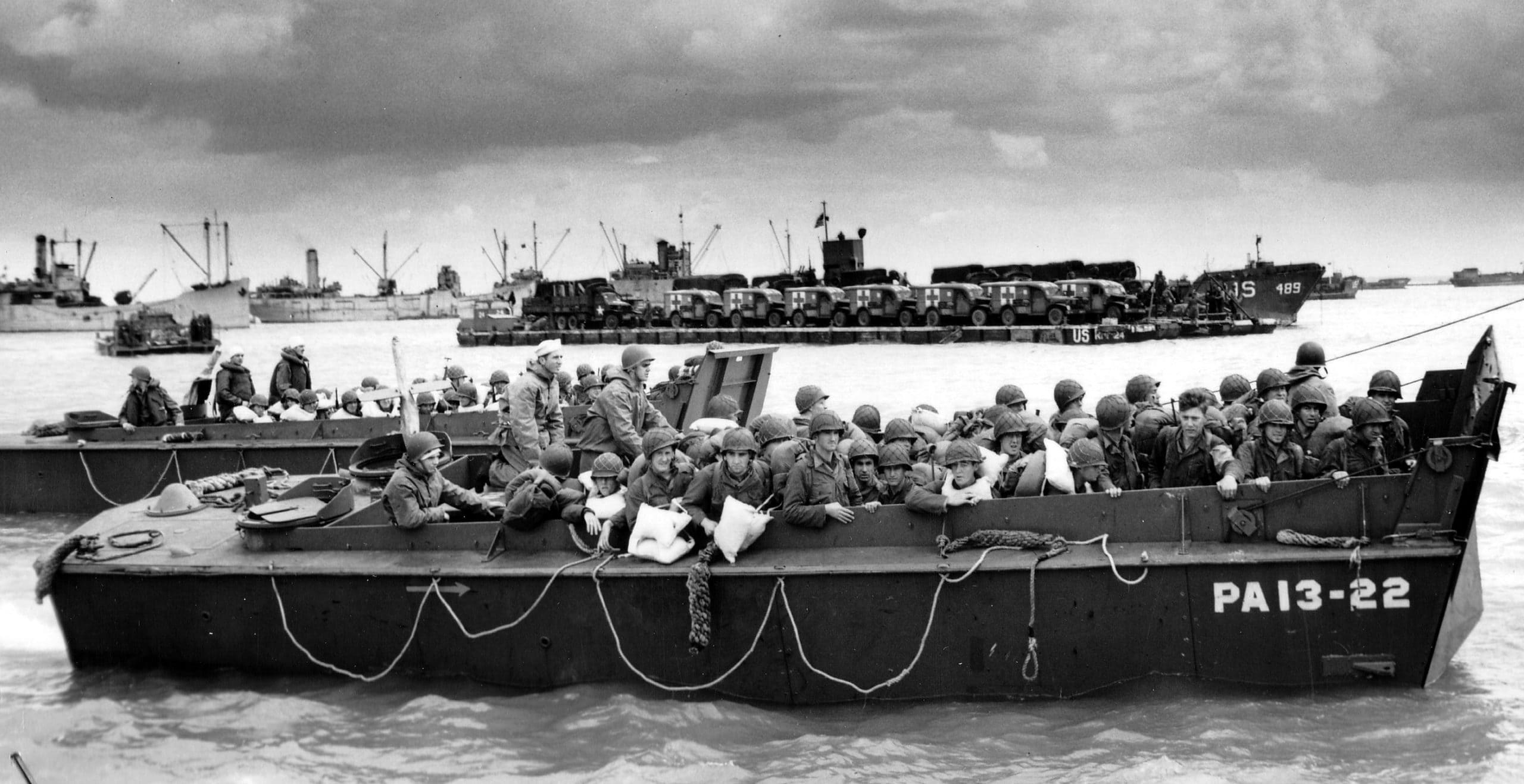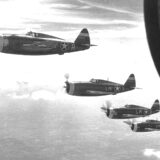In the turmoil of the Second World War, Simon Fraser, 15th Lord Lovat, stood out as a remarkable figure. Described by Hitler as a “dangerous terrorist,” he was perceived as a feared threat. Winston Churchill, on the other hand, praised him as “the most beautiful man who ever cut a throat” – an ironic tribute to Lovat’s charisma and military prowess.
The Birth of the British Elite Units
The Second World War brought with it a revolution in military tactics. The British commandos, under the leadership of Simon Fraser, exemplified these innovations. While the German paratroopers and the British units in North Africa are widely known, Lovat played a crucial role in founding and leading the Special Service Brigade. Together with his cousin David Stirling, the founder of the Special Air Service (SAS), Lovat helped to establish and lead this elite unit, which was central to the war effort.
Simon Fraser: Aristocrat and War Hero
Simon Fraser was born in 1911 at the historic Beaufort Castle in Scotland and grew up in a family known for its military traditions. From an early age, Lovat combined aristocratic flair with military expertise. Winston Churchill’s description of him as “the most beautiful man who ever cut a throat” underlines both Lovat’s impressive appearance and his exceptional military skills.
After his education at Ampleforth College and Oxford University, Lovat joined the British Army in 1931 and quickly made a career for himself. The Second World War provided him with numerous opportunities to demonstrate his skills, and he was awarded the Distinguished Service Order (DSO) and the Military Cross.
Early Missions and Operation Claymore
On 3 March 1941, Lovat led “Operation Claymore,” a successful raid on the German-occupied Lofoten Islands in Norway. Under Lovat’s leadership, his commandos destroyed important targets, such as fish oil factories and fuel depots, and captured crucial encryption equipment. More than 200 German soldiers were captured, and over 300 Norwegian volunteers joined the Allies, greatly enhancing the efficiency of the war effort.

Operation Abercrombie and Dieppe
In April 1942, Lovat led “Operation Abercrombie,” an assault on the French coastal town of Hardelot. Despite some challenges, Lovat received recognition for his courageous leadership and was awarded the Military Cross. In August of the same year, he took part in “Operation Jubilee,” the raid on Dieppe, which proved disastrous for the Allies. Nevertheless, Lovat’s section of the operation was the only success, with his troops achieving their objectives and returning unscathed, earning him and his men a feared reputation.
Hitler placed a bounty of 100,000 Reichsmarks on Lovat’s head and ordered that he and his men should be executed if captured. This hatred and fear of Lovat and his men reflected their effectiveness and the threat they posed to the German war effort.
D-Day and the “Mad Piper”
On 6 June 1944, during the invasion of Normandy, Lovat played a central role in the landing on Sword Beach. At his side was Bill Millin, the “Mad Piper,” who served as Lovat’s personal bagpiper. Despite British regulations forbidding the playing of bagpipes in the battle area, Lovat insisted that Millin lead the troops to the beach with traditional Scottish marches. Millin, the only bagpiper and kilt-wearer at the landing, was ordered by Lovat to play, even though he was aware of the danger. When Millin objected, pointing out that the playing of bagpipes during battle was forbidden, Lovat replied with a grin: “Ah, but that’s the English War Office. You and I are both Scottish, and that doesn’t apply.”

Millin played “Hielan’ Laddie” during the landing on Sword Beach, even though he himself was under fire. The sight of him in full kit, playing the bagpipes while his comrades fought, became iconic. Millin later recalled that he felt “the water was freezing” and that his kilt was “floating in the water, like a ballerina.” Despite the perilous conditions, he continued to play while Lovat gave him an encouraging thumbs-up. When they reached the beach, Lovat asked him to play “The Road to the Isles,” and Millin, already exhausted from the first round, jokingly asked if he should also “walk up and down.” Lovat replied seriously: “Aye, Millin, that would be nice. Aye, walk up and down.” Millin then marched along Sword Beach three times under heavy fire, receiving both applause and complaints from his comrades.

Pegasus Bridge and the Aftermath
The 1st Special Service Brigade was to support the 2nd Battalion, Oxfordshire & Buckinghamshire Light Infantry, who had occupied Pegasus Bridge in the early morning of 6 June 1944. Lovat and his men, accompanied by their bagpiper, marched from Sword Beach to the rendezvous point. On the way, they were fired upon by a German sniper. Lovat killed the sniper and ordered Millin to resume playing. As they approached the objective, they came under fire again. Millin refused “to play them down the street to the bridge at a run,” and instead led the troops walking to the bridge. Despite the dangers, the brigade reached Pegasus Bridge, with Millin playing “Blue Bonnets Over the Border.” The scene was dramatic as the troops fought their way through German snipers, sustaining heavy casualties.
Post-War Years and Personal Fate
After the war ended, Bill Millin changed careers and became a psychiatric nurse. He regularly took part in D-Day commemorations and was awarded the Légion d’honneur in 2009. When Simon Fraser died in 1995, Millin played his bagpipes one last time in honour of his former commander. Millin is also immortalised by a statue in Colleville-Montgomery near Sword Beach, which was unveiled in 2013.
Fraser himself returned to civilian life after the war and took up various political posts. Despite personal tragedies, including the loss of two sons and the sale of the family seat, his legacy remains unforgotten. Simon Fraser, 15th Lord Lovat, remains an inspirational figure in history whose courage and leadership made him one of the great heroes of the Second World War.
Michaela Ballin is a historian and currently works as an educational scientist at the University of Flensburg. Her research focusses on right-wing extremism and racism phenomena with a focus on historical dynamics and educational institutions.
Published: 29th August 2024.











